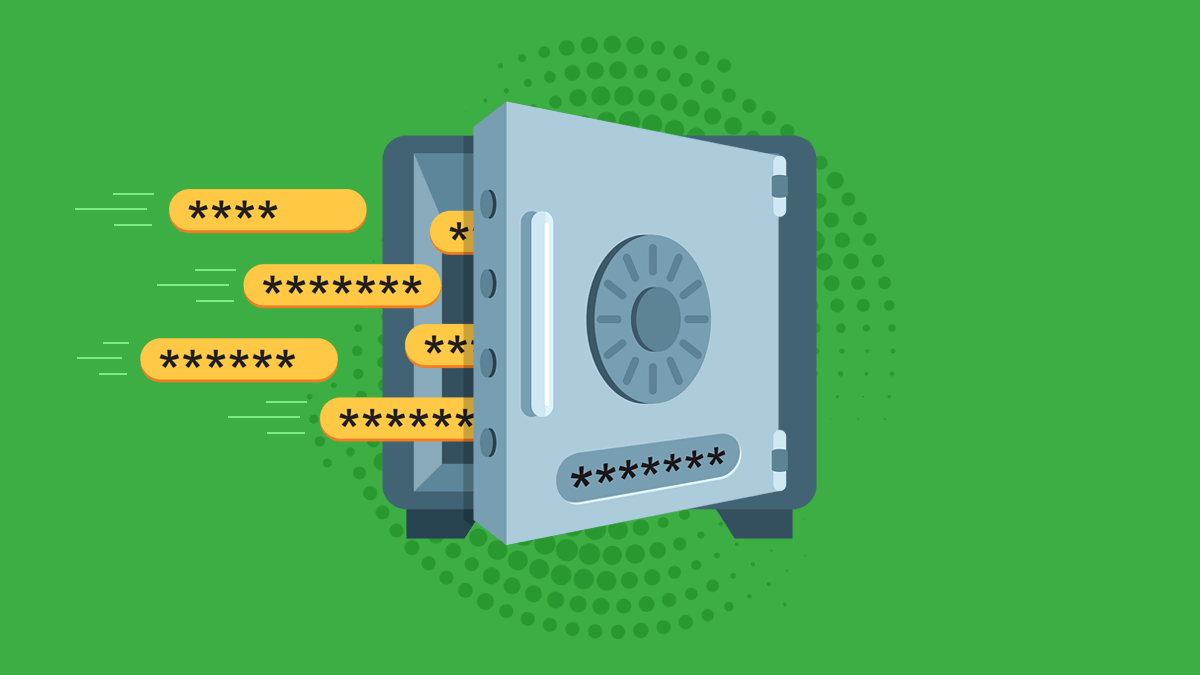In today’s digital age, security breaches are becoming increasingly common, and passwords are one of the most frequently targeted pieces of information. To protect sensitive data, it is essential to store passwords securely. One way to do this is by using a combination of hashing, salting, and key derivation functions (KDFs) to secure the storage of passwords in databases.
In this article, we’ll explore the importance of these techniques in securely saving passwords in databases.
First, we’ll discuss hashing, which is the process of converting a password into a unique and fixed-length string of characters. We’ll explain how salting enhances the security of hashed passwords by adding random data to the hashing process, making it more difficult for attackers to use pre-computed tables or dictionary attacks to guess passwords.
Next, we’ll delve into KDFs, which are cryptographic techniques used to derive one or more secret keys from a master key or password. KDFs are specifically designed to make it difficult for attackers to brute force the key derivation process, and we’ll explain how they can be used in password-based encryption and secure storage of passwords in databases.
We’ll also compare the strengths and weaknesses of hashing with salt and KDFs and explain why a combination of both techniques can be used to enhance the security of password storage.
Finally, we’ll emphasize the importance of careful evaluation of security needs and risks when choosing a password storage technique. We’ll also discuss best practices for password management, such as enforcing strong password requirements, to further enhance the security of password storage.
conclusion, the security of passwords is critical for protecting sensitive data. Using a combination of hashing, salting, and KDFs can help ensure the secure storage of passwords in databases. By implementing best practices for password management, organizations can further enhance the security of password storage and protect against security breaches













